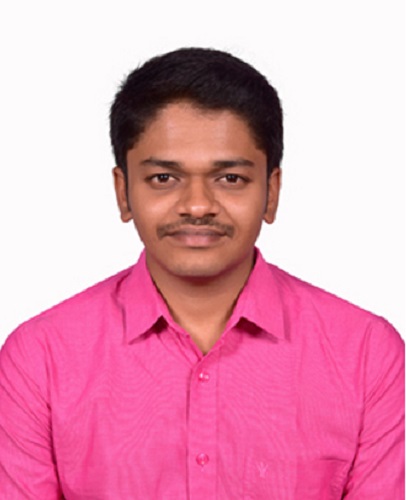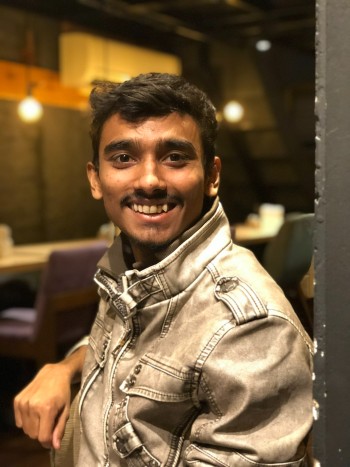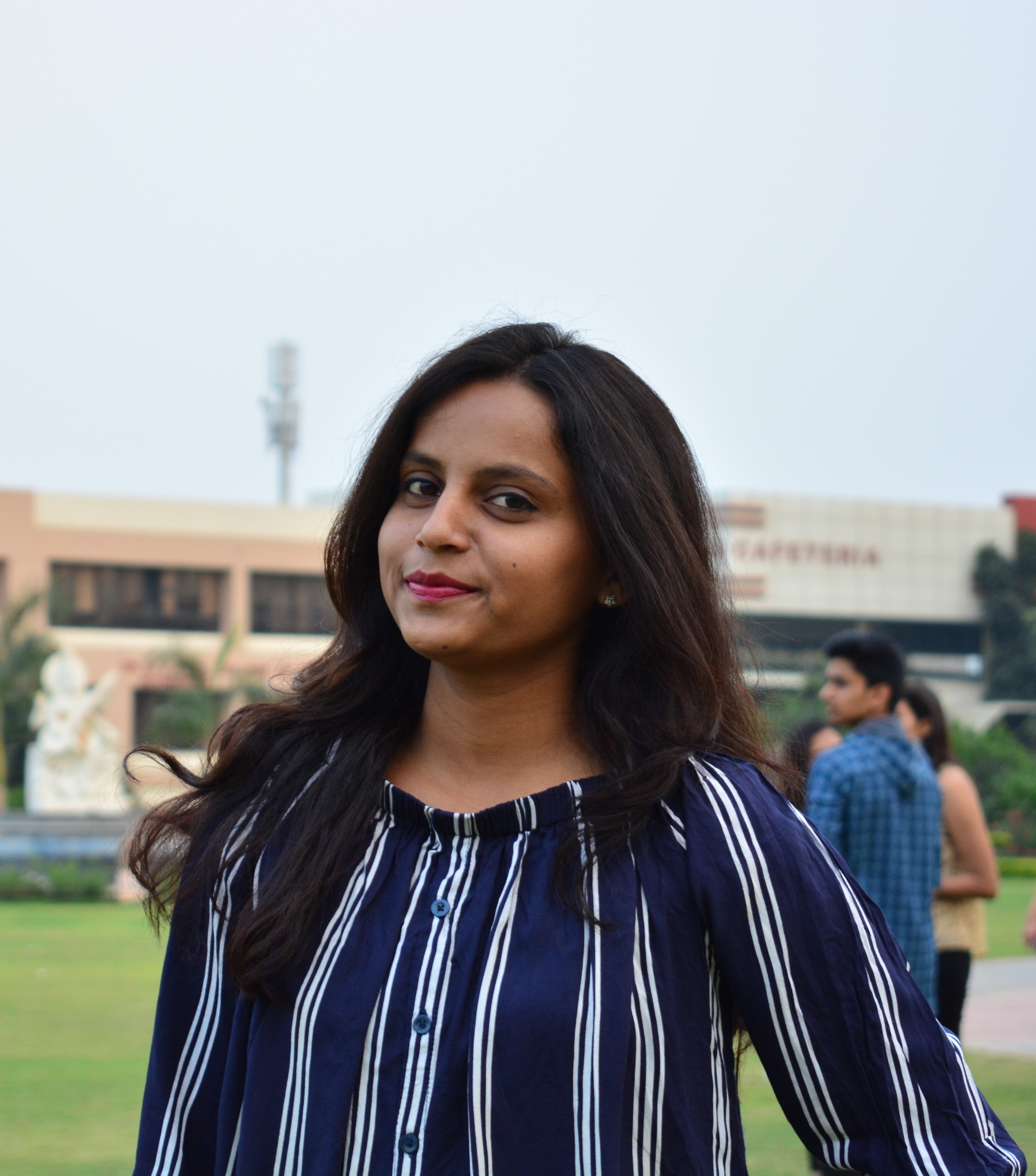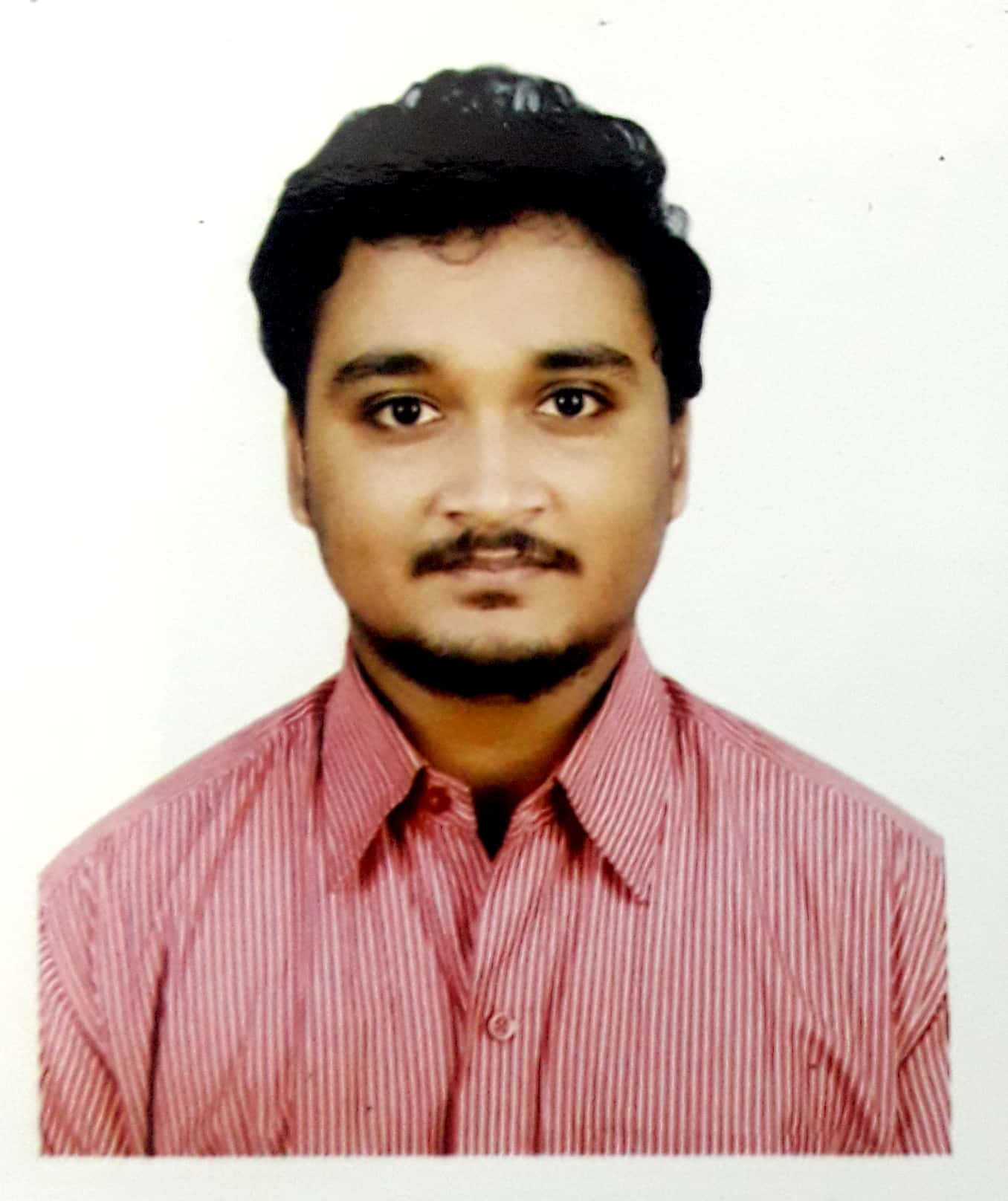Anu James - Civil Engineer - Urban Planner
Transit Oriented Development (TOD), a planning strategy I have been fascinated by, in the yesteryear, integrates urban places to bring people, activities, buildings and public spaces together around public transport system and provides an excellent transit service to the remaining city. Furthermore, introduction to the 3V Framework developed by the World Bank’s Community of Practice on TOD describes quantified indicators that facilitate its implementation at various contexts and urban scales and made me explore my stance on cities as an urban planner. This research interest has also been my impetus to specialise and work in the field of Transport Planning.
My curiosity to learn more about TOD can be ascribed to my engagement as Research Assistant at CEPT Research and Development Foundation, Ahmedabad in an ADB funded project "Capacity building of BMRCL officials on Transit Oriented Development (TOD) and Multi Modal Integration (MMI)". As part of the TOD team, I contributed in the report preparation and created a geodatabase of two metro station vicinities that included road network, building footprints and land use layers, analysed the same in terms of built-up area, block sizes, etc using ArcGIS software. This experience helped me reflect on the role of planners and coordination of multiple stakeholders in bringing about successful urban development in continuum with planning transport infrastructure in modern day cities. The report named “Manual for the planning, design and implementation of MMI and TOD for the Bangalore Metro Raul Corporation Limited (BMRCL)” is currently under publication.
I am an urban planner and graduated with a Masters of Urban Planning from Maulana Azad National Institute of Technology, Bhopal. I have been working as a Teaching Associate, at CEPT University, guiding Masters of Urban Planning students with multi-disciplinary backgrounds, enhancing their skills like academic writing, statistical methods, ArcGIS and presentation.
My under graduation in civil engineering established concepts of design, planning, operations and maintenance of traffic and transportation systems. Further on, the core transportation planning modules in my graduate education, emphasised on the acquisition of skills used in the analysis of policies and strategies in transportation planning. The internship and certificate course on “GIS Operations and Applications”, I enrolled at the time, in addition to the course curriculum, equipped me with analytical skills and has been my strength throughout my research and teaching experience. The certificate course that covered software tools such as ArcGIS, MapInfo, ERDAS Imagine, AutoCAD Map and QGIS exposed me to various spatial analysis tools and visualisation of real-time data, that assist transport planners in identifying potential issues that can be addressed more effectively and conveyed to decision-makers.
The internship in transportation planning at the Indian Institute of Science during graduation, shed light on road traffic crash fatality. From the study of FIR data in the year 2012, I was able to identify major hotspots in the city and analysed vulnerable road user groups, area types (urban/rural), road types and peak times. An extensive review of road crash statistics revealed how unplanned growth in metro cities have not only led to traffic congestion and pollution but also high deathrates. Though daunting, I believe it is the duty of planners to address the impact of road infrastructure on the safety and well-being of residents in addition to meeting the future transport demand.
My graduate thesis took into account the aspect of land use planning and its effect on urban flooding in Thiruvananthapuram city. Under the guidance of my thesis guide, Professor Dr. Krishna Kumar Dhote, I was able to systematically approach the study. He highlighted the importance of in-depth literature review prior to structuring the work methodology and
validation of proposals and recommendations with international and national guidelines. Study of earlier planning efforts, review of disaster management related documents and guidelines, analysis of existing land use and transport network, preparation of thematic maps and flood susceptibility mapping were carried out with the help of remote sensing and spatial analysis tools in ArcGIS. I gave recommendations at policy, implementation and planning stages and identified critical areas in the city where land use should be restricted considering the possibility of urban flooding and associated risks. The study deduced that the mindless urban expansion in water shed areas or floodplains without taking into account the city’s drainage contours have led to disasters such as flooding in cities.
Shortly after my graduation, I joined the Faculty of Planning at CEPT University as a Teaching Associate in “Understanding the city” studio - Monsoon 2019. I had taken lead in conducting tutorial sessions and prepared manuals for exercises that involved use of ArcGIS to spatially analyse precincts in the studio programme. The studio learning fuelled my research on how cities shaped themselves, the pedagogical methods used to view a city, such as governance, built form, people’s choices and trade-offs, the governance and importance of sustainable and inclusive transport planning. From various data points collected as part of the studio and synthesis of key themes, it was apparent that mobility and public transport were key players in deciding the direction and growth rate of cities. Transportation planning clearly revolves around the three nuances; system, design and planning policies.
Apart from academics, CEPT University gifted me the exposure to work with and get acquainted to a network of successful national and international planning professionals. My coordinator, Associate Professor Dr. Rutul Joshi, a Transport Planner and influencer with a doctorate from University of Bristol has also been my inspiration.
My vision is to create a digital platform to document, create an open-source
geodatabase and analyse transport parameters for major Indian cities that help
academicians, researchers, decision makers and stakeholders to realise the
flaws in the present urban transport system and plan future transit areas
better to bring out sustainability. This platform could also be commercialised
and made available for private businesses and companies in the real estate and
housing industry.
An opportunity to work with Planning Insights would undoubtedly offer me the best environment to reach my goal. It is in line with my career aspirations as a researcher and transport planner
aiming to fill gaps in the data scarcity for future transport planners in
India. A candidate in this role is expected to have analytical rigor, relevant technical knowledge and research mentality, my experiences and knowledge demonstrate the same. I thus humbly request you to consider my application favourably.
Related Articles

SAMPLE REPORT - WORK DONE

sdasdas

Street Vendors Management - Ahmedabad

Resume





